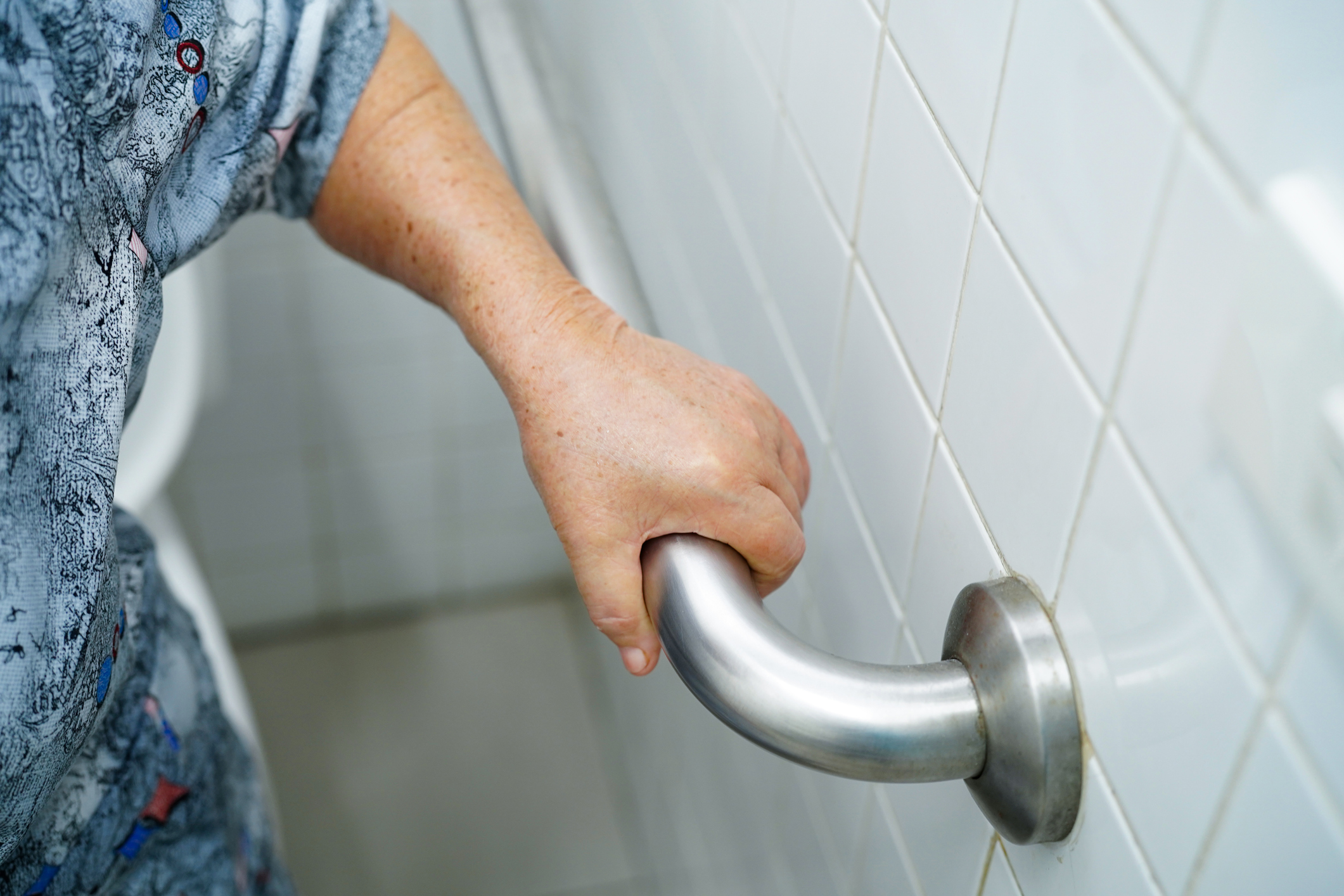
FEATURE — We all fall. From the time we pursue our first ventures at creeping and crawling to our last efforts as seniors, falls are a part of life. However, we do not fall as gracefully as we age, and the results can be devastating.

General statistics gleaned from the United States Consumer Product Safety Commission state that over 1 million people over the age of 65 are treated at emergency rooms annually for injuries related to “everyday use” activities. This is three times greater than the population under age 65.
In terms of loss of balance and falls in the U.S., the Home Safety Council states that of those over the age of 65, one-third fall annually. And of these, roughly 5,000 falls are fatal.
There is a definite concern with the geriatric population related to fall issues that necessitates making recommendations that can diminish risks and promote a setting that can nourish a safe living environment for the elderly at-home patient and give peace of mind to caregivers. In my years as an occupational therapist doing home evaluations, the quick answer to minimizing fall risks has been to remove cords from walkways, pick up throw rugs and monitor small pets that can get underfoot.
Whether they are electrical or attached to supplemental oxygen, cords should be taken up walls instead of across walkways. When doing this, however, it is important to always adhere to proper electrical safety recommendations. If possible or when necessary, rearrange furniture to allow safe access in the home, especially if the homeowner utilizes an assistive device such as a cane, walker or wheelchair.
Care should be taken with oxygen cords; do not crimp them in doors if the concentrator is put in another room or a garage. This can lead to diminished oxygen exchange and increased fall risks from saturation drop, a diminished cognitive status that can be attributed to lack of oxygen.

Removal of throw rugs is another concern related to falls. Unless a throw rug is secured on the floor and large enough to remain immobile with foot placement, it should be removed or only put down for access into or out of a bathing area. As I always tell clients, “I only make recommendations. You have final say.”
We all know seniors who have a little dog or loving cat that follows them all around the home, doting on them or rubbing against their legs. Pets are great, but they have also tripped the owner or pulled them down out on a walk with a resultant injury. I would never say the solution is to get rid of a senior’s pet. However, I do suggest a fall-risk awareness, especially to those who have balance issues or for those who have an environment that does not allow them to let the pet into the backyard.
The emphasis with a small pet is control. An active senior should be caring for the animal on a consistent basis with the pet adapting to the senior’s needs, not the other way around. Someone who is walker or wheelchair-bound and cannot let their dog or cat out in an open area for play and relaxation for a considerable amount of time should look at other options for that animal.
Be aware that the bathroom is the most common fall area of any home at any age. This has to do with the dynamics of transition surfaces (shower/tub access), clothing manipulation (bathing/toileting) and overall hard surfaces for hygiene reasons.
Bathroom safety checklist
- Are grab bars available?
- Are throw rugs on the floor?
- Is there a tub/shower combination or easy access to bathe?
- How is the night lighting?
- Is toilet access safe?
- Can the medicine cabinet be reached easily?
- Are soap and accessories within reach in the bathing area?
Making the bathroom a place where it feels safe comes down to making the right accommodations. Look for foreseeable problems that might cause a fall, and adjust the safety of the space to those who are most at risk for injury. Grab bars can provide secure handholds for bathroom transitions, but for placement and installation, use a trusted healthcare professional or bonded contractor who will back up their work.
The fact is that falls can limit adults – mainly seniors – and can mean the difference between staying in your home space, having to go to a rehab facility or finding a long-term solution. With careful planning, most of the “golden age” population can safely stay in their homes for years to come.
For more information, please contact [email protected].
Written by MATT and KERRYANN HUMPHREY, Unity Occupational Therapy.
This article was originally published in the Nov/Dec. 2021 issue of St. George Health and Wellness magazine.
Copyright St. George News, SaintGeorgeUtah.com LLC, 2021, all rights reserved.